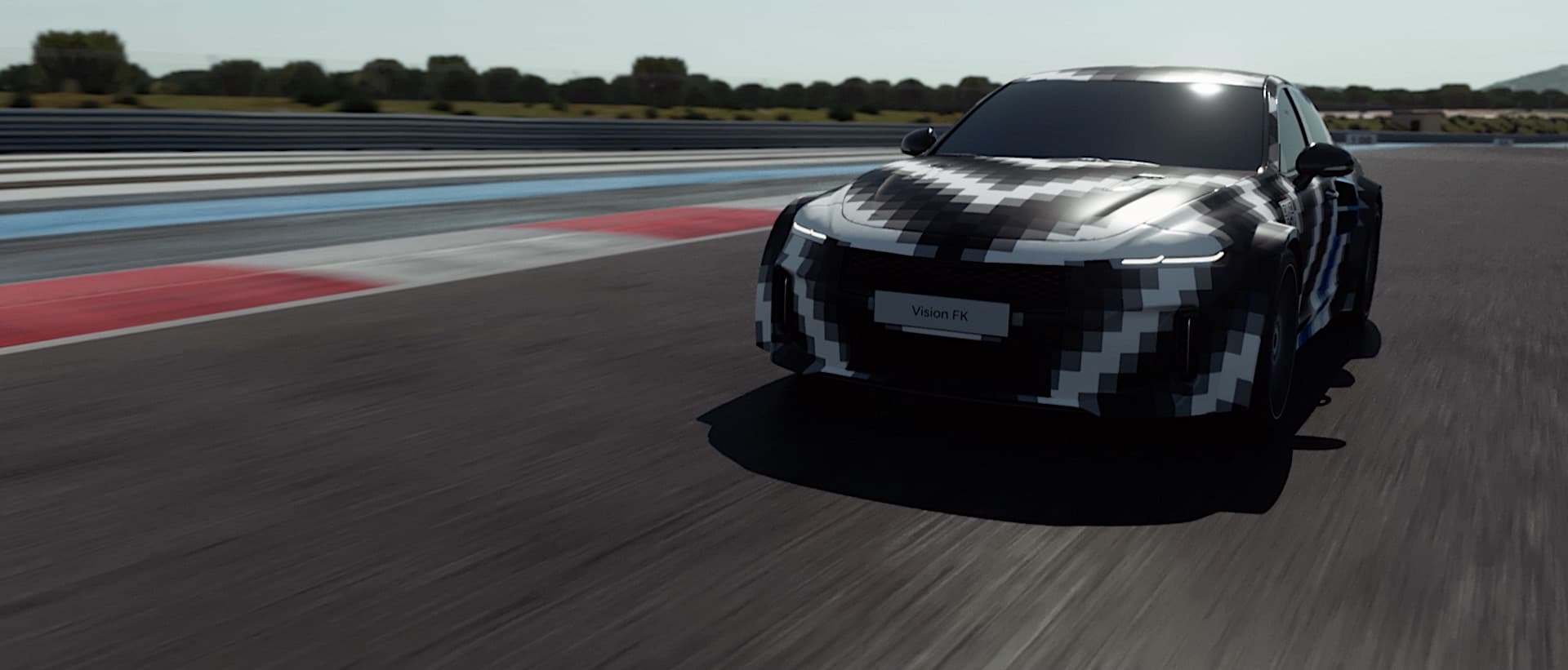During its Hydrogen Wave online forum, Hyundai Motor Group revealed its plans to popularize the use of hydrogen fuel cell powertrains by 2040. The technology will complement its battery-electric vehicles and will apply hydrogen fuel cell technology to its commercial vehicles by 2028. Hyundai Motor Group believes that hydrogen will play a significant role in sustainable transportation. It will also use the technology for generators and other mobility solutions.
The Hydrogen Council notes that hydrogen will account for 18 percent of global energy demand by 2050 with a $2.5 trillion market size and create 30 million new jobs. Hyundai is starting its hydrogen fuel cell offensive in the commercial vehicle sector, which emits a lot of CO2 and needs longer driving ranges. It will launch huge fuel cell-powered buses and heavy-duty trucks before expanding it to all of its commercial vehicles by 2028. The improved XCIENT fuel cell heavy-duty truck has entered mass production and will be followed by a tractor with the same powertrain in 2023. It will also develop a purpose-built vehicle using the same fuel cell system specifically targeting the light commercial vehicle market, which is projected to account for 7 million units per year in terms of sales.
By 2040, Hyundai Motor Group will apply fuel cell technology to more vehicles including high-performance models, aircraft, ships, and robots. The company also aims to expand the use of hydrogen fuel cell systems to create electricity and heat for buildings. It will introduce a new generation fuel cell system in 2023 that will be cheaper, more durable, and feature a higher output. Hyundai aims to make FCV costs similar to battery-electric vehicles by 2030. This will be done through continuous research, development, and collaboration with other companies and governments.
Hyundai showed the prototype of its third-generation fuel cell stack at the Hydrogen Wave that will succeed the current unit in the Nexo. A 100 kW and 200 kW version were shown, the former of which has a 30 percent smaller stack size, making it compatible with a wide range of applications. The 200-kW unit has been built for commercial application and is similar in size to the Neo’s but with double the power output. Hyundai’s current generation stack achieved 5,000 hours or 160,000 km (99,419 miles) of usage. It aims to improve durability by 50 to 100 percent while cutting costs by 50 percent to put fuel cell powertrains to price parity with battery-electric vehicles by 2030.
Flexibility and modularity were emphasized during the development of the third-generation hydrogen fuel cell system. A new Power Unit Module will have an output ranging from 500 kW to 1 MW by staking 100 kW units, making it ideal for use in large ships. The new “fuel cell flat” system lowers the stack height to 25 cm, allowing it to be used for vehicles like buses and trams where you can mount it in the upper or lower part of the car.
To showcase the wide range of uses for hydrogen fuel cell powertrains, Hyundai Motor Group showed off several prototype applications alongside the new stacks. Included are trainer and rescue drones that can travel between 450 to 1,000 km (279 to 621 miles) on a full tank. The trainer drone is an autonomous container transportation system that you can tailor based on the trip profile. The rescue drone can be used for firefighting and saving lives. It features an independent steering system that enables in-place maneuvering and “crab walk” driving.
Both drones can be combined with the fuel cell e-Bogie, which mounts under the container and has independent four-wheel steering. The trailer drone uses two e-Bogies to improve mobility and make it easier to maneuver in tight spaces. Cluster mode enables multiple trailer drones to move as a unit in a train-like setup.
Hyundai also showcased the H Moving Stations which is essentially a portable fueling depot for fuel cell vehicles that can be stationed in areas with limited infrastructure. The RHGV or Rescue Hydrogen Generator Vehicle is a portable battery-electric vehicle charger that offers a single-phase 220-volt and three-phase 380-volt power supply.
Quite possibly the biggest highlight of Hyundai Motor Group’s Hydrogen Wave online forum is the Vision FK. This prototype showcases the fuel cell powertrain’s potential for high-performance vehicles. It features a maximum output of over 500 kW (670 hp), allowing it to hit 100 km/h (62 mph) in under 4.0 seconds. This rear-drive prototype is also a plug-in and has an estimated range of over 600 km (372 miles). Developing the Vision FK was engineered alongside Rimac Automobili with the power electric system being a collaborative development. Hyundai Motor Group’s engineers developed the rest of the car’s systems.
Hyundai Motor Group aims to create a hydrogen society by helping develop the technology and expanding on the infrastructure it requires. The degree and frequency of environmental disasters are rising fast and we now face a code red warning for humanity,” said Eisun Chung, chairman of the Hyundai Motor Group. “The Group seeks to offer powerful and pragmatic solutions for combating climate change via the tremendous potential of hydrogen energy.”
From Sept. 8 to 11, Hyundai Motor Group will showcase its initiatives at the Hydrogen Village (Hydro VILLE) exhibition in Goyang, Korea. The exhibit will be divided into various zones highlighting the company’s plans and concepts for mobility and power generation. Several subsidiaries including Hyundai Motor and Kia will be displaying several prototype vehicles.

